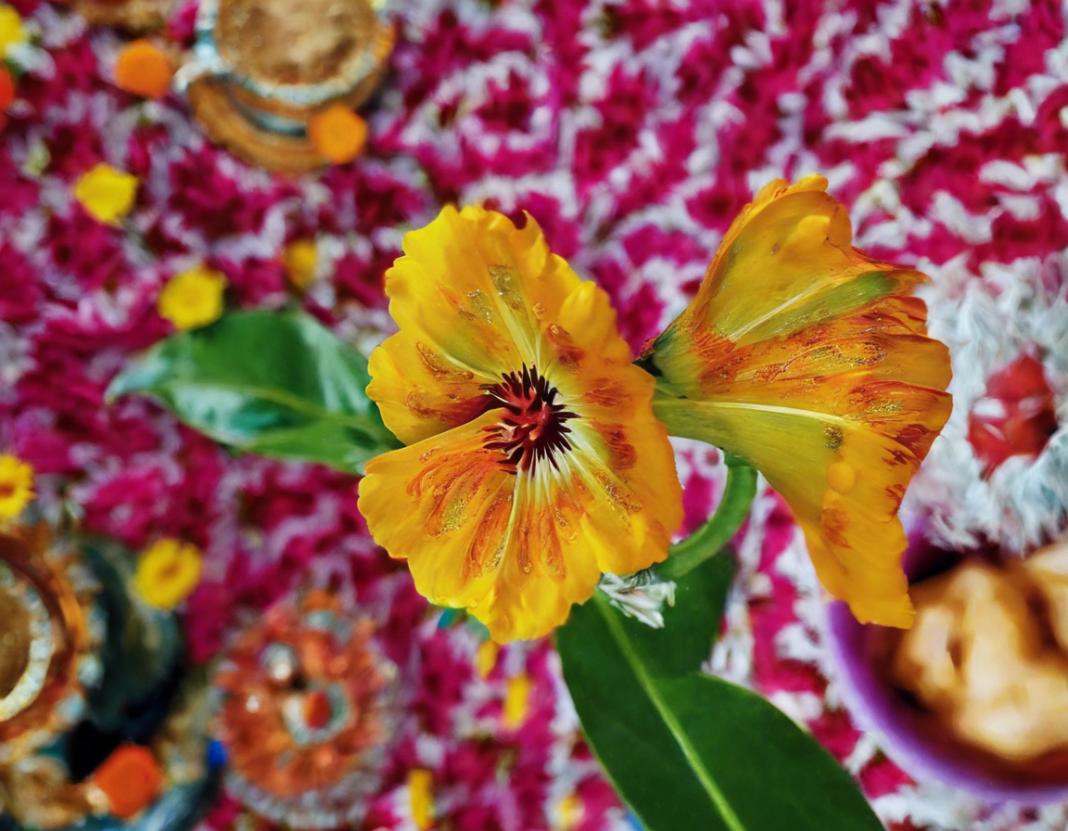Introduction
Chameli ka phool, also known as jasmine flower, holds a special place in the world of flowers due to its mesmerizing fragrance and delicate beauty. This exquisite flower has been cherished for centuries in various cultures for its aromatic allure and its significance in rituals, ceremonies, and even perfumery. In this article, we will delve into the various aspects of chameli ka phool, from its origins and symbolism to its uses and benefits.
Origins and Cultivation
Jasmine flowers, primarily native to tropical and subtropical regions of Asia, Africa, and Australia, have a long history dating back to ancient times. The name “jasmine” is derived from the Persian word “yasmin,” which means “gift from God.” These flowers are typically grown as ornamental plants in gardens, and the most commonly known variety is Jasminum officinale.
Jasmine plants thrive in warm climates with well-drained soil and plenty of sunlight. They are often trellised for support, allowing the delicate white or yellow blossoms to cascade down in a visually enchanting display. Cultivating jasmine requires attention to watering, pruning, and proper fertilization to ensure healthy growth and abundant flowering.
Symbolism and Cultural Significance
Across various cultures and traditions, chameli ka phool holds symbolic significance and is associated with different meanings. In Hindu mythology, jasmine is believed to be the favorite flower of the goddess Saraswati, the deity of knowledge, music, and arts. It symbolizes purity, divinity, and auspiciousness, often used in religious ceremonies and rituals.
In certain Asian countries like Thailand and Indonesia, jasmine is a symbol of motherhood, purity, and love. It is commonly worn in hair or used in garlands as a sign of respect and honor. In the language of flowers, jasmine represents sensuality, romance, and grace, making it a popular choice in bridal bouquets and floral arrangements.
Uses and Benefits
The aromatic essence of jasmine flowers has made them a sought-after ingredient in perfumery, aromatherapy, and skincare products. Jasmine essential oil, derived through steam distillation of the blossoms, is highly prized for its intoxicating scent and therapeutic properties. It is known for its calming and mood-lifting effects, making it a popular choice for relieving stress and anxiety.
In traditional medicine systems like Ayurveda and Chinese medicine, jasmine is valued for its medicinal properties. It is believed to have anti-inflammatory and antiseptic properties, promoting skin health and wound healing. Jasmine tea, made by infusing dried jasmine flowers with green tea leaves, is consumed for its soothing aroma and potential health benefits, including improved digestion and immunity.
Culinary Uses
Apart from its aromatic and therapeutic qualities, jasmine flowers are also used in culinary applications, adding a floral note to various dishes and beverages. In South and Southeast Asian cuisines, jasmine essence is infused into rice, desserts, and sauces to impart a subtle fragrance. Jasmine tea, a popular beverage in many parts of the world, is cherished for its delicate taste and calming effect.
Growing Jasmine at Home
If you’re intrigued by the allure of chameli ka phool and wish to cultivate your own jasmine plant at home, here are some essential tips to get you started:
1. Choose a sunny spot: Jasmine plants thrive in full sunlight, so pick a location that receives at least 6-8 hours of direct sunlight each day.
2. Provide proper drainage: Ensure that the soil is well-drained to prevent waterlogging, which can lead to root rot.
3. Water consistently: Jasmine plants prefer slightly moist soil, so water regularly, especially during the growing season.
4. Prune regularly: Trim back overgrown branches to promote new growth and flowering.
5. Use organic fertilizer: Feed your jasmine plant with a balanced fertilizer during the growing season to encourage healthy blooms.
FAQs (Frequently Asked Questions)
-
Can jasmine flowers be grown indoors?
Yes, jasmine plants can be grown indoors, provided they receive ample sunlight and proper care. Consider placing them near a sunny window or using grow lights to supplement natural light. -
How often should jasmine plants be watered?
Water jasmine plants regularly, keeping the soil slightly moist but not waterlogged. Adjust the frequency based on the plant’s specific needs and environmental conditions. -
Are there different varieties of jasmine flowers?
Yes, there are several varieties of jasmine, including Arabian jasmine (Jasminum sambac), star jasmine (Trachelospermum jasminoides), and night-blooming jasmine (Cestrum nocturnum), each with its unique characteristics. -
What is the best time to harvest jasmine flowers for fragrance?
The best time to harvest jasmine flowers for their fragrance is early in the morning when the blossoms are at their most fragrant. Avoid picking them during the heat of the day when the oils have evaporated. -
Can jasmine flowers be used in cooking?
Yes, jasmine flowers are edible and can be used in cooking to impart a floral aroma to dishes. They are often used in teas, desserts, and infused oils for their fragrant essence.
In conclusion, chameli ka phool, with its captivating fragrance and versatile uses, continues to captivate hearts and minds around the world. Whether admired for its beauty, cherished for its symbolism, or treasured for its therapeutic benefits, jasmine remains a timeless symbol of elegance and grace in nature’s floral tapestry. Embrace the beauty of chameli ka phool in all its forms, and let its sweet aroma transport you to a world of sensory delight.












